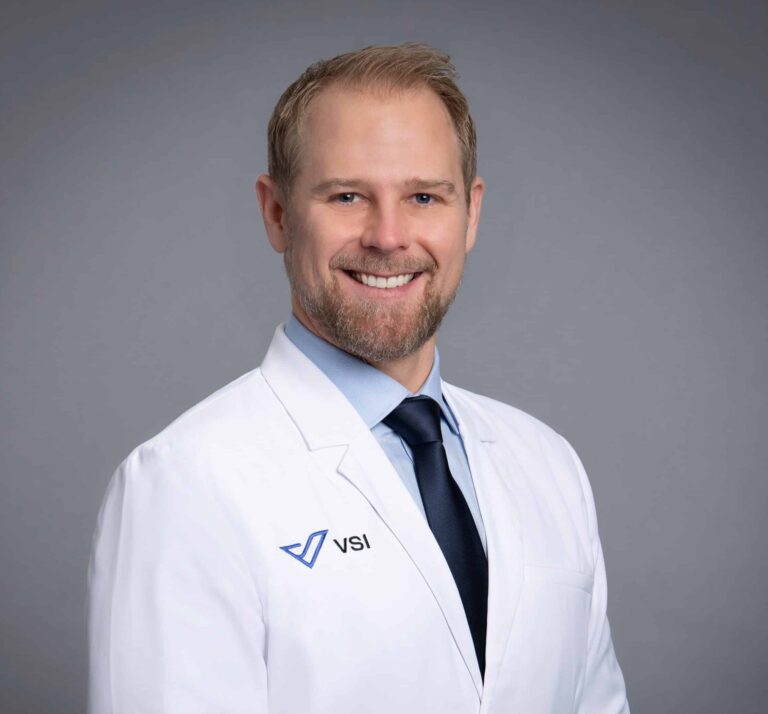DC News Now: VSI Doctors Tackle Opioid Epidemic Head-On
RESTON, Va. (DC News Now) — According to the CDC, over 140,000 people died from opioid overdose in 2021. That’s an increase of over 24,000 from the year before. With the issue continually increasing, a team of doctors at the Virginia Spine Institute conducted their own research to decrease the amount of prescription opioids being put into the streets.
Dr. Christopher Good, President and Spine Surgeon at Virginia Spine Institute, headed up the research team.
He said, “This stuff is really scary. The opioid epidemic has become such a concern, and there’s kind of two sides to it. There’s this synthetic narcotic, but there’s also prescription medication.”
CDC numbers show that 13,503 opioid overdose deaths in 2021 were from prescription medicine.
Dr. Good and his team began their research by looking at how many narcotic pills were being prescribed, and how many they were actually using.
He said, “All in, we were giving about 45 percent of people too much pain medicine — which means we have this medicine laying around, and if they don’t need it, then what happens to it? Does it end up going into the wrong hands?”
That statistic was alarming to the doctors. The next step was determining the magic number for prescriptions.
“The goal is trying to figure out, we want you to have good pain control after surgery, but we don’t want to have any extra of this stuff and we want to be able to deal with it,” he said.
Through the research, Dr. Good and his team found that medical teams could use new anesthesia techniques and non-narcotic medicines in a protocol called Enhanced Recovery After Surgery, or ERAS, to keep the number of opioids prescribed low.
He explained, “We actually rolled that out to hundreds of hospitals across the country, over 50,000 patients in the last study we did and what we found out is if hospitals use these protocols across the board, patients are less likely to go back to the hospital.”
Additionally, the team found that with ERAS, opioid and non-opioid medications could be prescribed for patients after surgery.
“Because we’re doing that, patients need less narcotic medication, and we’re actually finding they get out of the hospital sooner, they have lower chances of going back to the hospital, and if you follow people for three months after surgery, they actually have better pain control,” Dr. Good explained.
Incorporating ERAS has also been found to lead to patients getting out of the hospital an average of eight hours earlier than with a protocol that uses narcotics. For a one-day surgery, that means some patients will be in and out of the hospital in one day, rather than two.
Dr. Good added, “We know there’s a huge increase in cost in healthcare. People have complications, problems, or they have to go back to the hospital. Not only is there a financial side to that, but as a patient, you want to recover and things to go smoothly.”
Since rolling the protocol out to hospitals across the country, Dr. Good said it has picked up momentum for becoming standard.
“From a big picture point of view, a hospital administrator or insurance company looks at this and says, ‘Wait, we do this protocol, and we can guarantee these results? Yes please.’ So now there’s a huge momentum to make it happen,” he explained.
From a patient perspective, he recommends speaking to your team of doctors to find out their plan for pain management.
To safely dispose of opioids, you can find a drug collection site through the DEA website, learn what drugs are flushable from the FDA Flush List, or get a disposable drug packet.
Topics covered
About the Author
Featured Resources
Insights to Achieve a Pain-Free Life



